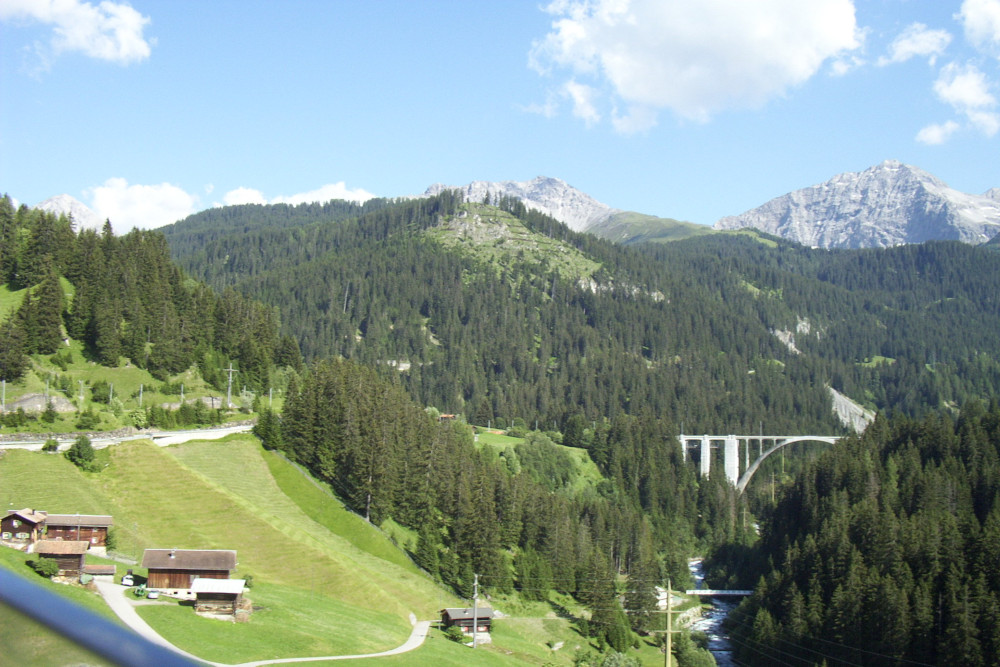We’re going to talk about my year abroad again! Specifically, the beautiful summer day in – well, I’d tell you but my photos are tagged Jan 1st 2001 and I didn’t write a diary. Anyway, it was the summer of 2005 – when I took a very scenic train ride to Arosa, a former health resort in the south-east of Switzerland.
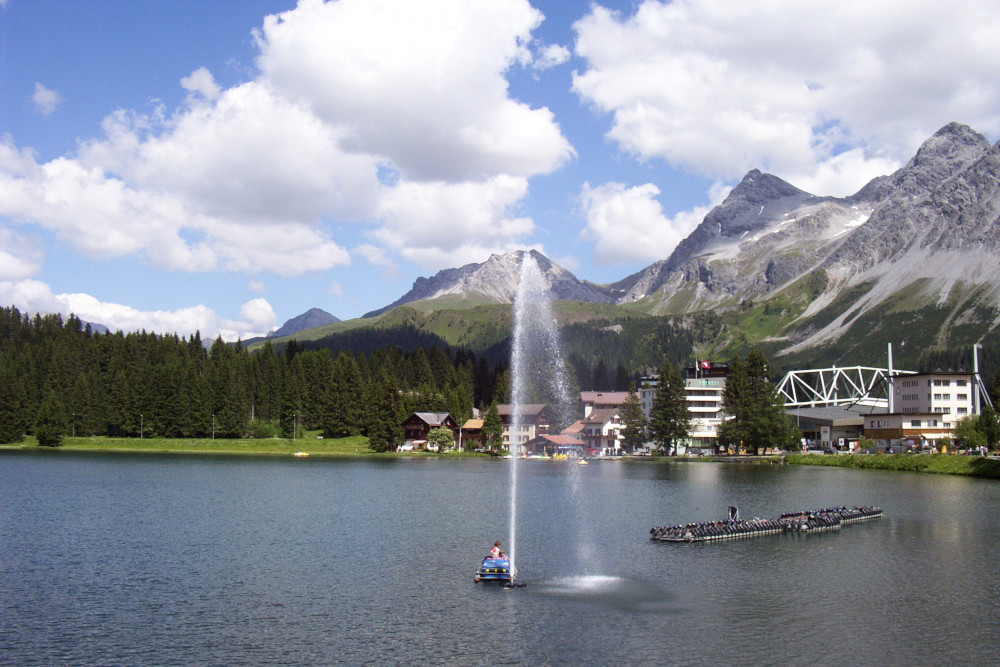
I lived in Neuchâtel, one of the French cantons in Switzerland’s north-west quarter. Switzerland isn’t a big country and its trains are fast and efficient but even so, going about as far as you physically can within Switzerland is a long and slow journey, which is why I only did it the once, not to mention that it never even occurred to me to stay overnight. I’m pretty sure I didn’t have classes Friday. I definitely didn’t at weekends. An overnight trip was something I could have done.
Anyway, I struck out for Chur, the ancient city that is today the capital of Graubünden canton, although in English it’s apparently better known as Grisons. This is the trouble with a country with four official languages. Neuchâtel is a short train trip from a town that I still call “Biel/Bienne” because it was known on the railway by both its French and German names. I talk about Luzern, despite my phone’s attempts to autocorrect to Lucerne and I spell Bern without the -e it tends to acquire in English. On this blog, it’ll be Graubünden.
Neuchâtel to Chur is a bit of a journey. It’s around three hours each way, with a change at Zürich. Six hours on the train is already a pretty long day, which is why I didn’t explore Chur. I wish I had. It sounds like it has a long and illustrious history – lots of heritage sights, Roman bits, a medieval old town, a Romanesque-Gothic cathedral – oh, Chur sounds like the sort of place I’d like. Why do I keep going back to the Oberland when there are places like Chur to explore?
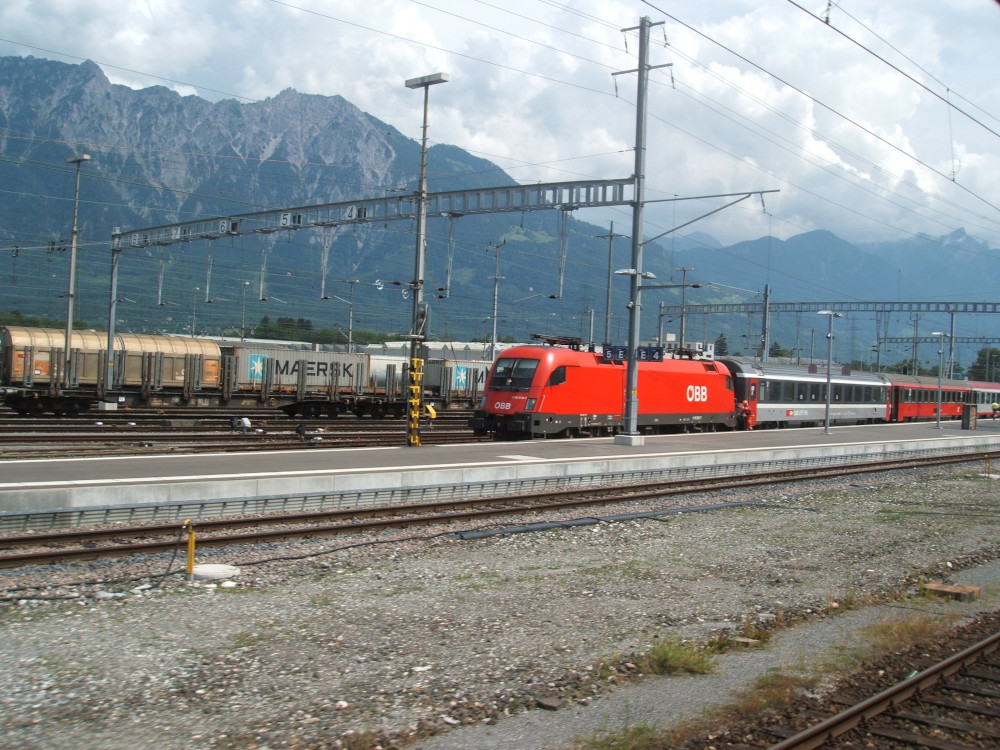
However, on this particular day I’d decided I wanted to take the Rhätische Bahn – the Rhaetian Railway – up into the mountains. RhB operate some very scenic routes. Some are big attractions aimed at tourists, like the Bernina Express between Chur and Tirani, over the Italian border, or the Glacier Express, which goes from St Moritz to Zermatt. Some are smaller tourist routes, like their Graubünden steam train rides – another to-do for my South East Switzerland trip next year! – and some are just ordinary commuter routes that happen to go through some beautiful landscapes.
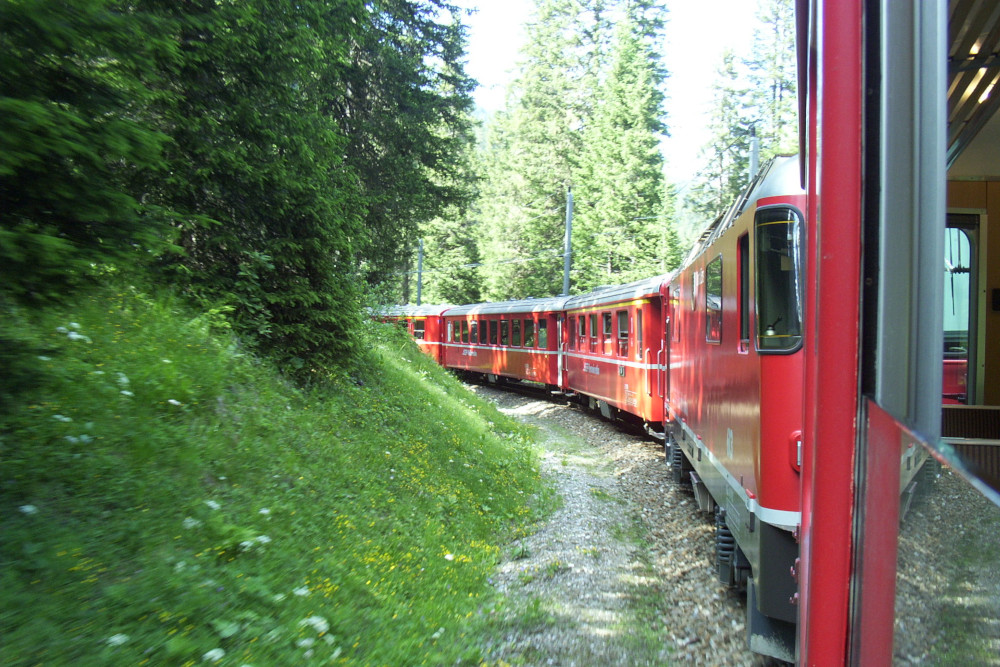
The trip to Arosa is one of the latter. It takes just over an hour (so we’re up to eight hours on a train today now) and it trundles through some amazing places – thick woods, steep-sides gorges, high mountains, silvery bubbling streams and makes its way up to Arosa eventually. It’s a proper old-fashioned Swiss-style red train, albeit pulled by an electric locomotive. 613, Domat/Ems, the one on my train in 2005, was built in 1973 and is still in service today.

In fact, I enjoyed the train trip more than the destination. Switzerland has more than its share of big-name railway journeys but you don’t need to pay the premium for the special trains when you can travel the same route on ordinary trains or take a shorter, lesser-known journey like this one. In fact, I enjoyed it so much that when my dad came to pick me up at the end of the year, staying a few days because if you’re going to drive to Switzerland and back, you might as well make a holiday out of it, we did the trip up to Arosa again.

What can I say about Arosa? Today it’s a small ski resort – Davos, just seven miles away (although an hour and a half by road and over three hours by train, owing to the shape of the mountains and the necessity to use Chur as the rail hub) hoovers up all the glitz and glam in the region. But although Arosa dates back to the 1330s, it only really began to make a name for itself in the 1880s as a health resort. If you’ve read the Chalet School books, this is where something like the San would be established – a kind of hospital where patients with TB and other pulmonary illnesses would come, to be treated with altitude, fresh air, healthy nutritional food (plenty of milk) and lots of rest. There are plenty of characters in the Chalet School books who can’t live away from the mountains or in the “damp climate of England” and while that seems utterly alien today, that was the medical advice of the day. Sanitoria lost their popularity in the 1940s/50s when doctors began using antibiotics rather than milk and naps against a bacterial disease. It’s no longer a major public health hazard but even a cursory look suggests it’s not as extinct as I assumed it was – although it’s rare enough in Western Europe that teenagers don’t get the BCG jab anymore. Hands up all the people who still have the little mark on their arm from that!

Anyway, Arosa. Once home to a TB sanatorium, which is now the Waldhotel, it spent the 30s and 40s transforming into a winter sports resort, turning all its medical buildings into hotels and guesthouses, building ski lifts and now even has a bear sanctuary. That last didn’t open until 2018, so it wasn’t there when I visited in 2005.
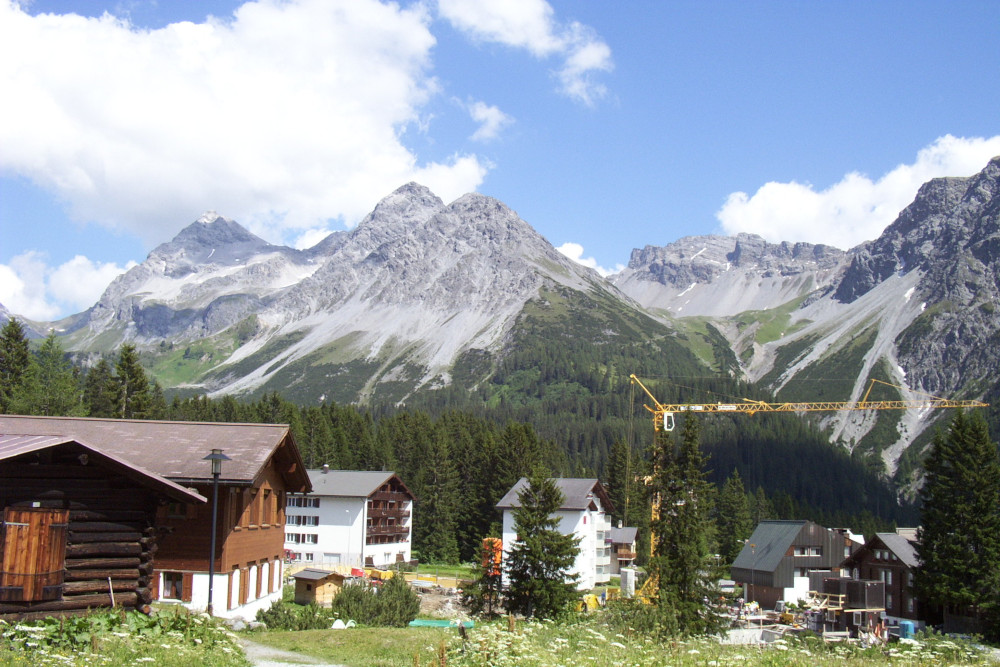
Like a lot of Swiss villages, this one probably looked much the same a century ago. There are ugly rectangular buildings that look like they hail from the san days but the rest of the village features wooden chalets both large and small. There’s a lake in the middle and mountains all around. Perhaps indeed in the winter you’d just want to ski but it’s a nice place to look at in summer too. You’ve had a wonderful train trip and now you can occupy yourself in a pretty village until the next train down. And if you’re staying, the 19th/20th century health resorts may be gone but the 21st century wellness hotels and spas are all in place, for a sauna and massage in the spirit of Arosa’s heritage, before the long journey back to Neuchâtel (I didn’t. I was still more than five years from the discovery that I quite enjoy that sort of thing).
